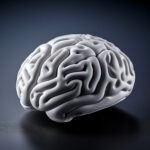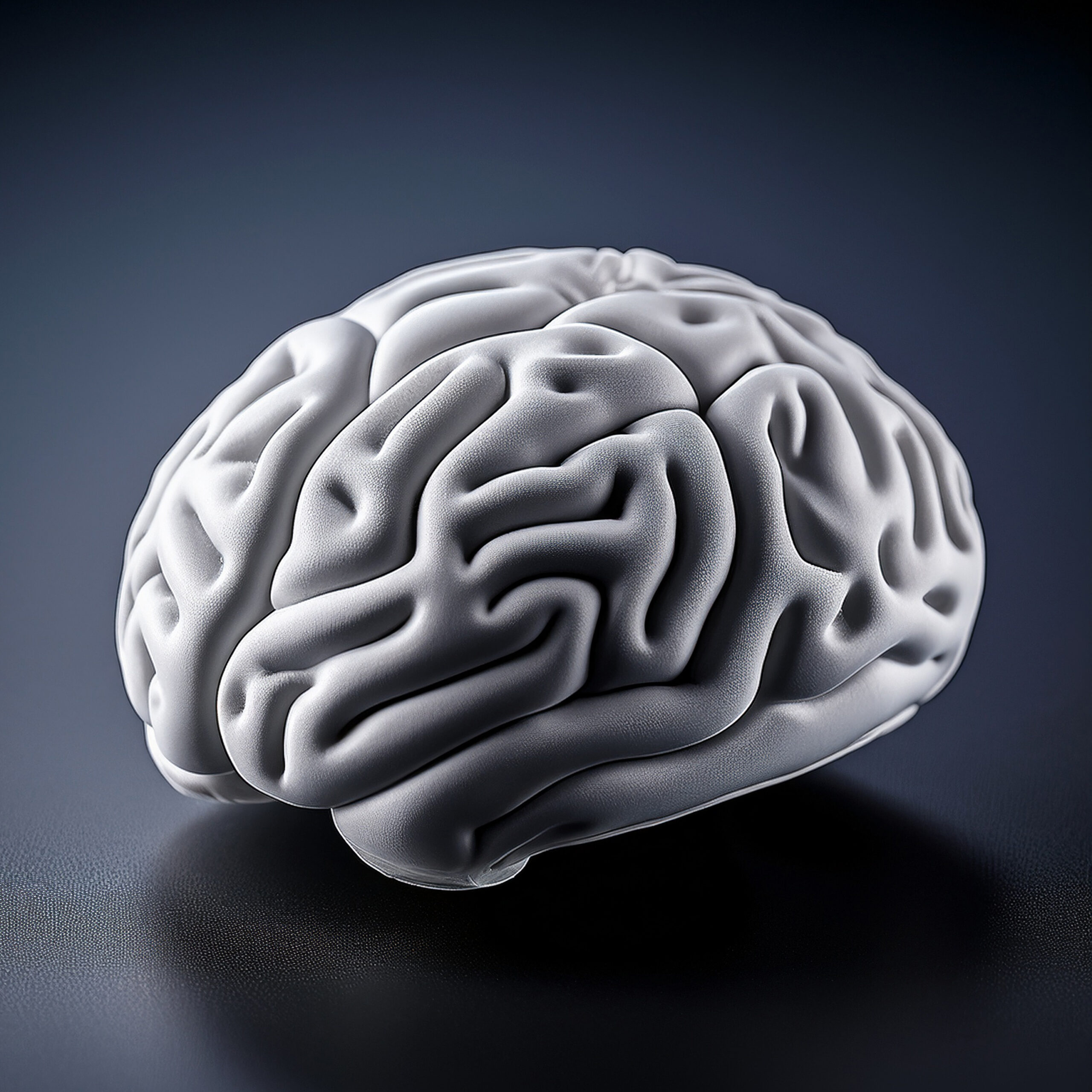Applied Behavior Analysis (ABA) therapy is one of the most widely used interventions for individuals with autism spectrum disorder (ASD), but it is also one of the most debated. While many families and professionals credit ABA with helping children build essential skills and improve their quality of life, the therapy’s history is marked by controversy and criticism-particularly from autistic self-advocates and some clinicians. For many, the term “ABA” evokes not just images of structured learning and measurable progress, but also memories of harsh methods, a focus on compliance over individuality, and a sense that autistic people were being forced to suppress their authentic selves. This complex legacy has led to a persistent negative perception of ABA in some circles, raising important questions about its ethics, goals, and long-term effects.
Despite these concerns, ABA therapy has undergone significant transformation over the decades. Today’s best practices reflect a more compassionate, individualized, and respectful approach that seeks to empower autistic individuals rather than change who they are. Understanding this evolution is essential to appreciating why, for many, ABA is now considered a positive and effective support-when delivered ethically and thoughtfully.
The History of ABA Therapy
ABA therapy originated in the 1960s, developed by Norwegian-American psychologist Dr. Ole Ivar Lovaas. Drawing on the principles of behaviorism established by John B. Watson and B.F. Skinner, Lovaas applied operant conditioning, where behaviors are shaped by reinforcement or punishment, to children with autism. His early interventions aimed to teach language, social, and adaptive skills through highly structured, repetitive drills and intensive reinforcement schedules, sometimes up to 40 hours per week.
Lovaas’ initial studies reported dramatic improvements, suggesting that intensive ABA could enable some children with autism to function indistinguishably from their neurotypical peers. These findings led to the widespread adoption of ABA as the gold standard for autism intervention, with early intervention programs launching across the United States.
A Troubled Past: Controversies and Criticisms
The troubled legacy of ABA therapy extends beyond its well-documented use of aversive techniques and its origins in the work of Ivar Lovaas. Critics argue that the very foundation of early ABA was rooted in an imbalance of power, where autistic individuals were viewed less as people and more as subjects for behavior modification. This dynamic fostered an environment in which compliance was prioritized over autonomy, and the needs or boundaries of autistic individuals were often disregarded.
A major criticism is that ABA, in its traditional form, taught autistic children to operate in highly artificial environments controlled by therapists. Skills learned in these settings often failed to generalize to real-world situations, as motivation was externally imposed through rewards and punishments rather than fostering intrinsic motivation or self-advocacy. When the structure of therapy was removed, many found themselves unprepared to navigate daily life independently.
The emphasis on compliance sometimes meant that children were discouraged from expressing discomfort or advocating for their own boundaries. Physical prompts and body manipulation were frequently used without consent, potentially making children more vulnerable to boundary violations later in life. This lack of respect for bodily autonomy is a recurring concern voiced by autistic adults who underwent ABA.
Another point of contention is ABA’s historical focus on eliminating so-called “undesirable” behaviors-such as stimming or avoiding eye contact-that are often benign or even essential for autistic self-regulation. Suppressing these behaviors in favor of neurotypical standards has been linked to emotional distress, increased anxiety, and a phenomenon known as “masking,” where autistic individuals feel compelled to hide their true selves to fit in. This can result in exhaustion, identity confusion, and long-term mental health challenges.
The intensity of early ABA programs-sometimes 30 to 40 hours per week-has also been criticized for depriving children of unstructured play and social opportunities, contributing to burnout and trauma. Some studies and personal accounts suggest that exposure to such intensive, compliance-driven therapy is associated with higher rates of post-traumatic stress symptoms in autistic individuals.
Ethical concerns persist regarding the qualifications of some ABA practitioners, particularly those with minimal training or credentials, which may compromise the quality and safety of care. Critics also argue that ABA’s focus on observable behaviors often overlooks underlying sensory, emotional, or communicative needs, leading to interventions that address symptoms rather than root causes.
Finally, the field’s historical reluctance to address or accommodate the sensory and emotional experiences of autistic individuals has fueled ongoing mistrust and calls for reform. Compounding these concerns, Lovaas’s involvement in controversial behavior modification experiments aimed at “treating” homosexuality in children further tarnished ABA’s legacy. Many in the autistic community continue to advocate for approaches that respect neurodiversity, prioritize autonomy, and move away from the goal of making autistic people appear “normal” at the expense of their well-being.
What Has Changed: The Modern ABA Approach
In recent years, ABA therapy has undergone a significant transformation, moving away from its rigid, one-size-fits-all origins toward a more compassionate, flexible, and person-centered approach. Modern ABA therapy now recognizes the importance of respecting neurodiversity and prioritizes the unique strengths, needs, and preferences of each individual. Instead of focusing solely on reducing problematic behaviors, contemporary ABA emphasizes building meaningful skills that enhance quality of life, foster independence, and promote genuine connections in natural environments. This evolution is driven by feedback from autistic individuals, advances in behavioral science, and a broader understanding of what it means to support people with autism effectively and ethically.
Key Changes in Modern ABA Therapy
- Elimination of Aversive Techniques
Modern ABA has eliminated the use of physical punishment, aversives, and coercive methods. Instead, the focus is on positive reinforcement, encouraging desired behaviors by rewarding them with meaningful, individualized incentives. This shift not only makes therapy more humane but also helps foster trust and emotional safety between therapists and clients. - Person-Centered and Individualized Plans
ABA programs today are highly individualized, tailored to each person’s unique strengths, challenges, and goals. Therapists work closely with individuals and their families to identify meaningful targets for intervention, ensuring therapy is relevant and respectful of personal values and cultural backgrounds. This collaborative approach empowers clients and their families to take an active role in the therapeutic process. - Focus on Functional and Meaningful Skills
Rather than attempting to suppress harmless autistic traits, modern ABA prioritizes teaching practical life skills, such as communication, self-care, and social interaction, that are essential for independence and well-being. Skills are taught in real-world settings to promote generalization, so individuals can apply what they learn across different environments and situations. - Respect for Neurodiversity
There is a growing recognition within ABA that autism represents a different way of experiencing the world, not something to be “fixed.” Modern ABA aims to support autistic individuals in expressing themselves authentically, accommodating their sensory and emotional needs, and valuing their unique perspectives. This shift helps reduce the pressure to conform to neurotypical standards at the expense of well-being. - Family and Caregiver Involvement
Today’s ABA programs actively involve families and caregivers in the planning and delivery of therapy. By providing training and support, therapists help families reinforce skills at home and in the community, ensuring consistency and maximizing progress. This partnership approach also respects the expertise families bring to understanding their loved one’s needs. - Data-Driven and Evidence-Based Practice
Modern ABA relies on ongoing data collection and analysis to monitor progress and adjust interventions as needed. Therapists use evidence-based strategies and regularly review outcomes to ensure that therapy remains effective, efficient, and responsive to the individual’s evolving needs. - Integration with Other Therapies and Technology
ABA is now often delivered as part of a comprehensive support plan that may include speech therapy, occupational therapy, and other services. The integration of technology, such as telehealth platforms and data collection apps, has improved accessibility, engagement, and the ability to track progress in real time.
This evolution in ABA therapy reflects a broader commitment to ethical, individualized, and empowering support for autistic individuals and their families, marking a significant departure from the rigid and sometimes harmful practices of the past.
Looking Forward: ABA as a Positive, Empowering Choice
Despite its complex history, today’s ABA therapy stands as a positive and empowering option for many individuals and families navigating autism. Modern ABA, when practiced ethically and with compassion, is focused on building meaningful life skills, enhancing communication, and fostering independence-all while respecting the individuality and dignity of each person. Numerous families report transformative gains, from improved social interaction and language development to greater self-sufficiency and reduced challenging behaviors.
Research consistently demonstrates that ABA can significantly improve social skills and quality of life for children with autism, especially when interventions are tailored and collaborative. Skilled, caring therapists and active family involvement are key to these successes, helping children not only thrive but also advocate for themselves and participate fully in their communities.
While ABA may not be the right fit for every individual, its evolution into a supportive, individualized, and evidence-based approach means it can be a life-changing resource for those who choose it. When delivered thoughtfully, ABA therapy is not about changing who someone is. It’s about unlocking potential, promoting well-being, and empowering autistic individuals to live their fullest lives.
Citations
- Implementation of ABA (Applied Behaviour Analysis) Therapy for Children with Autism Spectrum Disorders at the Therapy Center in the Yogyakarta Special Area – https://www.semanticscholar.org/paper/4fa4e9c6bc8f27137c81f65188ddd3f8caff0d49
- The Importance of Applied Behavior Analysis (ABA) Therapy in Nurturing Children with Autism Spectrum Disorder (ASD) According to Maqāṣid al-Sharī’ah – https://www.semanticscholar.org/paper/062412aa40fac4dda55353ba587dfd591dfde5a8
- SPEECH FORMATION OF CHILDREN WITH AUTISM USING ABA THERAPY IN AN EDUCATIONAL PROCESS – https://www.semanticscholar.org/paper/273574da56ce824e6ef1f4d907d61435bd46e370
- Exploring Telehealth ABA Therapy During the COVID-19 Pandemic for Children with Autism – https://www.semanticscholar.org/paper/f9dbeda23c555ba491b4986d8f25fe9fbb87eff0
- Applied Behavior Analysis in Children and Youth with Autism – https://pmc.ncbi.nlm.nih.gov/articles/PMC9458805/
- ABA: what does the science say? : r/ScienceBasedParenting – Reddit – https://www.reddit.com/r/ScienceBasedParenting/comments/16jexa1/aba_what_does_the_science_say/
- r/autism on Reddit: Let’s talk about ABA therapy. ABA posts outside – https://www.reddit.com/r/autism/comments/ub3skp/lets_talk_about_aba_therapy_aba_posts_outside/
- ABA therapy : r/ScienceBasedParenting – Reddit – https://www.reddit.com/r/ScienceBasedParenting/comments/14i8idx/aba_therapy/












